Latest data released by the Islamic Republic of Iran Customs Administration (IRICA) show that Iran witnessed a non-oil trade surplus of $1.649 billion in the first two months of the current fiscal (March 21- May 21).
Although the surplus in foreign trades does not show a significant jump from that of the last fiscal's (March 2018-2019), which stood close to $1.6 billion, Iran has been observing a consistent and month-by-month improvement in its foreign commerce. The country ended a year before (March 2017-2018) with a trade deficit of $7.4 billion.
Iran has been seeking different strategies to diversify its revenue sources to reduce the reliance on crude oil sales -- a move which has been intensified, especially after the United States reimposed its unilateral sanctions on the country’s banking and oil sectors last year.
The mild increase in exports and decrease in imports show that the government has achieved a certain level of success in this regard.
During the first two months of current fiscal, non-oil exports stood at 30,273 tons worth $8.412 billion, indicating an 8% growth in terms of value compared with the similar period of last year.
In return, the country imported some 5,654 tons of non-oil commodities in the first two Iranian months, worth $6.763 billion. The figure shows an 8% decrease in terms of value year-on-year.
By non-oil trade, IRICA refers to all commercial exchanges, excluding crude oil. Oil-based products such as gas condensate, liquefied natural gas, liquefied propane, petroleum gases, liquefied hydrocarbons or even light oil are categorized by IRICA as “non-oil”.
The exports mainly included liquefied natural gas, gas condensates, and light oils except for gasoline.
China, UAE, Iraq, and Turkey were the top destinations of Iran’s exports.
The imports mainly constituted rice, field corn, and soybeans. These mainly originated from China, the UAE, India and Turkey
MNA

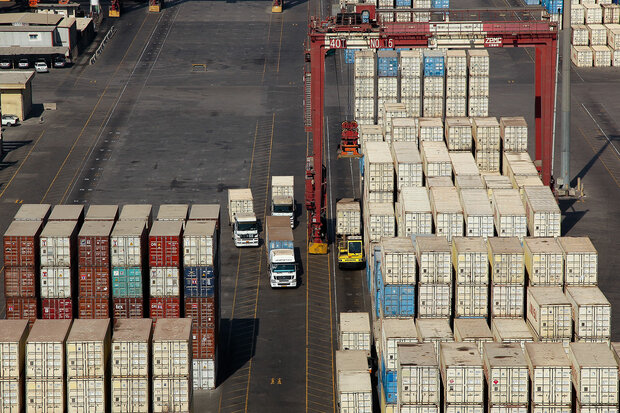


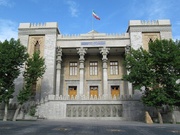



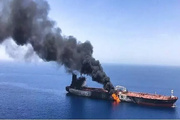








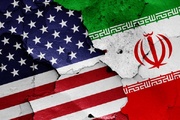



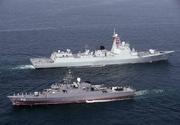


Your Comment